Forum members attended a workshop organised by Cycling UK for the relaunch of the Space for Cycling campaign. The focus of the event held in Southwark Town Hall was on a simple inclusive message that will resonate with the wider public, not just people who cycle.
We are all familiar with the benefits that cycling brings – better health, improved air quality and reduced congestion – and the aim of the campaign is now to call on councils to create a network of cycle-friendly routes that all can enjoy.
Planning a network
Roger Geffen, Cycling UK’s Policy Director, opened the workshop by talking about the importance of planning for a network of routes, not just individual schemes.
Keep things simple, especially when dealing with Councillors and other decision makers:
- Plan – Plan a full network of cycle-friendly routes that allow people of all ages and abilities to cycle anywhere for any purpose
- Invest – Actively seek the funding to implement the network and invest a minimum of 5-10% of the local transport budget in cycling
- Build – Build the network using the most up-to-date high quality design standards
Caroline Russell (London AM) spoke of the importance of being inclusive – of creating better neighbourhoods and people-friendly streets. Many measures that are good for cycling are also good for pedestrians, the disabled and the elderly. We need to engage with other groups with similar goals.
Assessing network quality
We looked at various software tools for assessing the quality of routes. The Cycle Environment Assessment Tool (CEAT) is an easy-to-use app that anyone can use in the field to quickly assess the quality of a route.
Cyclescape is an online mapping tool for crowdsourcing details of exactly where cycling is difficult, which can then be used to automatically notify others with an interest in seeing those issues fixed. It is still being developed but will eventually link in with things like collision data and will also provide a discussion forum.
In contrast, the “tube map” is a way of visually demonstrating clearly to decision-makers where the desired routes in an area are.
After lunch some of us took to the streets for a short “infrastructure safari” and the opportunity to try out the new CEAT app. We first assessed a fairly typical cycle contra-flow, which only scored 1 out of 5. Later when we rode along the new fully-segregated cycle superhighway on Blackfriars Road we scored it with a whopping 5 out of 5!
How Southwark benefited from Dutch experience
Southwark Councillor Ian Wingfield talked us through how the massively successful North-South cycle superhighway came about by bringing in Dutch and Danish transport consultants to advise on how to build a World-class route. It is crucial to involve residents at an early stage and to communicate your plans: not listening to concerns only stores up problems for later.
Air pollution has reached critical levels in London – especially near schools – and this was a key driver for delivering a network of connected safe cycle routes.
Cycling in Southwark is predicted to rise by 400% over the next five years so ambitious plans are in the pipeline, including the “Southwark spine” – a cycle superhighway right across the borough. Once again Dutch expertise will be brought in and the process will be kicked-off by initial consultations held solely with local residents.
Watch this Space!
A new Guide for Decision Makers is now available that shows Councillors how easy it is to create Space for Cycling.
There will be a series of events around the country, including rides on April 22nd to tie-in with the Council elections. Perhaps we should organise a ride on County Hall in Chichester?
Picture credits: Cycling UK, Geoff Bragg
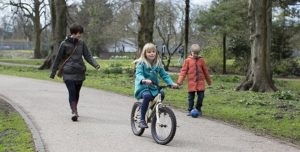
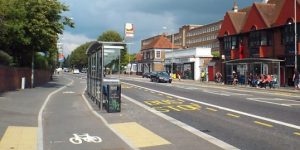
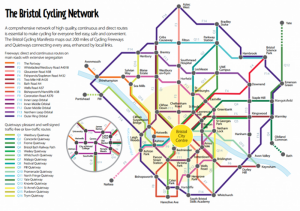
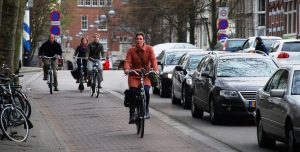
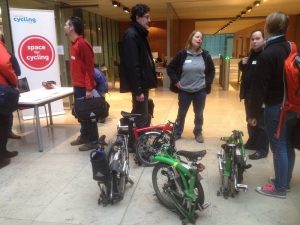

Speak Your Mind